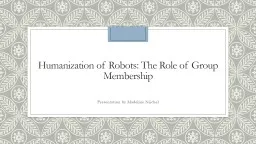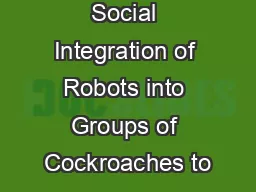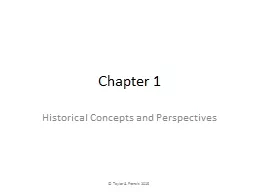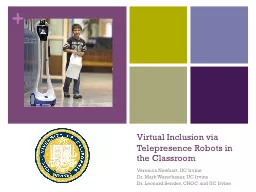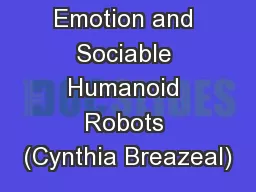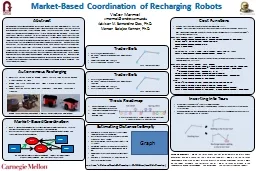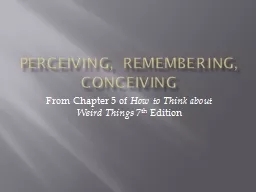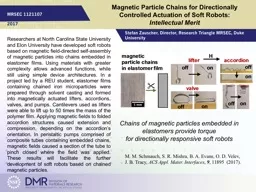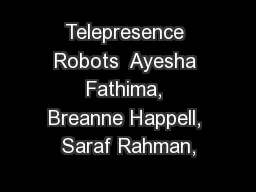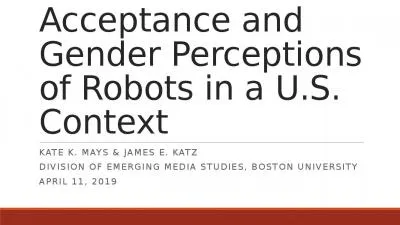PPT-Humanization of Robots: The Role of Group Membership
Author : lindy-dunigan | Published Date : 2017-12-16
Presentation by Madeline Niichel Purpose Treatment of robots sometimes like humans sometimes not Anthropomorphism projecting humanlike qualities onto an object
Presentation Embed Code
Download Presentation
Download Presentation The PPT/PDF document "Humanization of Robots: The Role of Grou..." is the property of its rightful owner. Permission is granted to download and print the materials on this website for personal, non-commercial use only, and to display it on your personal computer provided you do not modify the materials and that you retain all copyright notices contained in the materials. By downloading content from our website, you accept the terms of this agreement.
Humanization of Robots: The Role of Group Membership: Transcript
Download Rules Of Document
"Humanization of Robots: The Role of Group Membership"The content belongs to its owner. You may download and print it for personal use, without modification, and keep all copyright notices. By downloading, you agree to these terms.
Related Documents

